Mexican Orange (choisya) Help?
gardenbug
14 years ago
Featured Answer
Comments (15)
Embothrium
14 years agogardenbug
14 years agoRelated Professionals
Camas Landscape Architects & Landscape Designers · Westwood Landscape Contractors · Anderson Landscape Contractors · Berkeley Heights Landscape Contractors · Cicero Landscape Contractors · Clayton Landscape Contractors · Estelle Landscape Contractors · McLean Landscape Contractors · Austin Fence Contractors · Golden Fence Contractors · Goose Creek Fence Contractors · Manorville Fence Contractors · Novato Fence Contractors · Richmond Fence Contractors · Castaic Fence Contractorsjean001
14 years agoEmbothrium
14 years agobahia
14 years agoEmbothrium
14 years agobahia
14 years agomuddydogs
14 years agobrody
14 years agolocust8
13 years agogardengal48 (PNW Z8/9)
13 years agogardenbug
13 years agogardengal48 (PNW Z8/9)
13 years agobahia
13 years ago
Related Stories
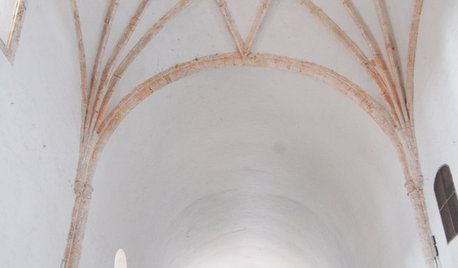
DECORATING GUIDESMexican Design to Inspire a Home Anywhere
Brimming with courtyards, churches and creativity, the Yucatan Peninsula is a fountain of ideas for design lovers
Full Story
HOUZZ TOURSMy Houzz: Saturated Colors Help a 1920s Fixer-Upper Flourish
Bright paint and cheerful patterns give this Spanish-style Los Angeles home a thriving new personality
Full Story
COLORBathed in Color: When to Use Bold Orange in the Bath
Orange you glad this warm and happy color can energize the place where you start your day?
Full Story
COLORExterior Color of the Week: 5 Ways to Make Orange Work for You
Whether you opt for a little or a lot, bold orange will bring drama to your home
Full Story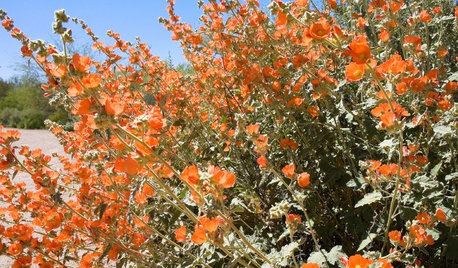
GARDENING GUIDESWarm Up Your Garden With Orange Flowers
Hummingbirds and butterflies are not the only ones who will notice when you introduce a blaze of orange into your garden
Full Story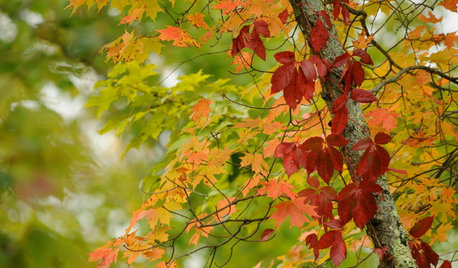
COLORFall on the Wall: Decorating With Rich Reds, Browns and Oranges
For your interiors, take a cue from nature’s colorful seasonal offerings
Full Story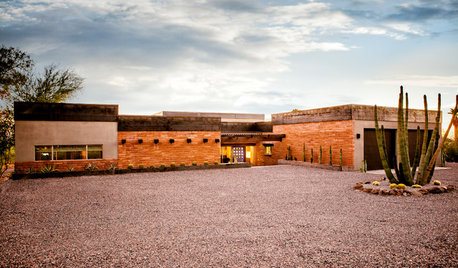
RANCH HOMESHouzz Tour: Industrial Updates to Classic Southwest Style
Hot-rolled steel and Caesarstone meet adobe and Mexican rugs in a Phoenix ranch house untouched since the 1950s
Full Story
DECORATING GUIDESColor Your World With Otomi Embroidery
Splash your rooms with the colorful goodness of this Mexican patterned fabric, for a dose of cheer on even a rainy day
Full Story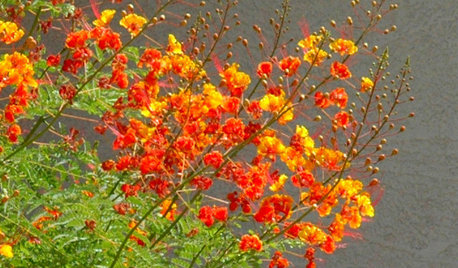
GARDENING FOR BUTTERFLIESGreat Design Plant: Red Bird-of-Paradise Soars With Color
Fiery bursts of red-orange flowers bring hot summer gardens to life, while this shrub's drought tolerance keeps the living easy
Full Story
ORANGEColor Guide: How to Work With Red Ocher
Ancient, passionate and warm, red ocher is one of the most elemental colors on earth
Full StoryMore Discussions










Embothrium